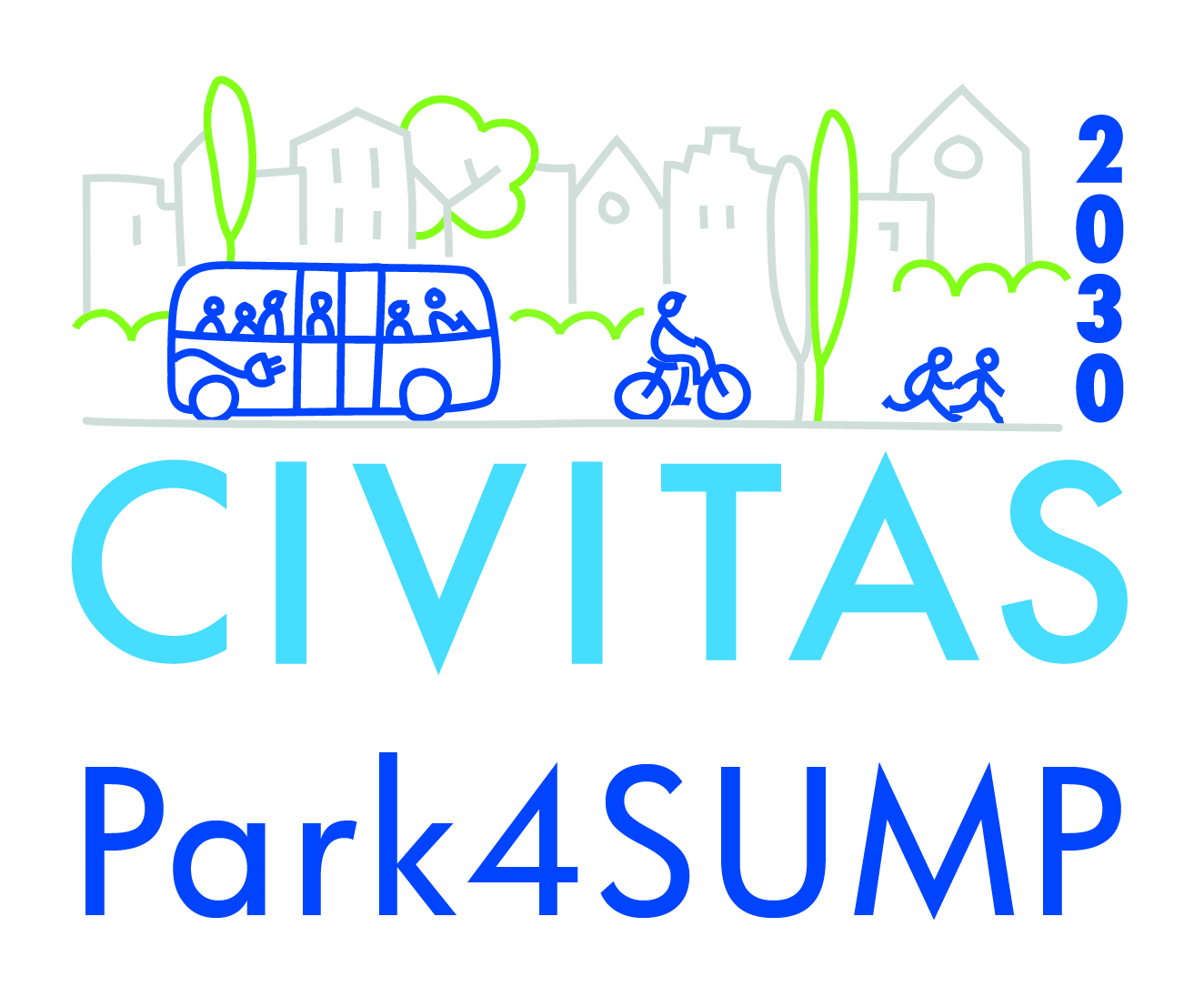Summary of high level meeting on parking EV charging

More than 40 stakeholders from across Europe have attended the second Park4SUMP high level workshop on parking standards, which took place on 6 July 2022. Thanks to the great cooperation between POLIS, Eurocities, and the projects of CIVITAS Park4SUMP, USER-CHI and eCharge4Drivers, awareness about the European discussions about parking and EV vehicles deployment was raised. You can find a summary of the event and the presentations below.
This event was specifically targeting local and national decision makers, who are at the start of initiating charging infrastructure deployment. The event provided information about current EU legislation and its impact on the local level, and provided the opportunity to discuss future challenges and potential solutions. The workshop proved that the EV and the parking sector should work closely together. For the EV-charging sector, the parking sector is an exciting partner, because it not only owns or operates locations, that are of interest for EV charging, but it also relates to the client – the (future) EV-owner.
For the parking sector, the EV charging sector brings services that parking clients will rely on. The main discussion concluded that charging strategies should align with principal SUMP objectives, that are translated into parking policies. Local authorities deciding on these policies should not move away from principles that were established by Park4SUMP:
- “Free parking” has a high cost, therefore, EV uptake should not be incentivized through subsidizing parking prices, as a more sustainable model should be preferred.
- Parking only creates economic activity if users with empty batteries are often rotating, thus each space is occupied with charging cars for a high duration per day. Loosening time limitations in view of EV charging is counterproductive in this regard.
- In order to reclaim public space for other, more efficient types of use, the parking offer should move off-street: to lock-in, in public space for parking for the next year with EV charging investments can counteract that necessity.
Three topic sessions were organized related to the challenges with parking standards. Main discussion points and conclusions from topic sessions are:
1. The role of the city and the parking manager: plan, permit, procure (with an example from Park4SUMP project and the city of Trondheim)
From the Trondheim case study, we see the full cycle of system of early adopters and increased uptake towards the current situation of a mature EV mobility system, with high EV penetration rates. Following that, the policies have adapted, the numbers of charging stations have increased, the types have changed, and incentives that were initially needed, but over time created adverse effects, have been reversed. The EV charging offer is now an inherent aspect of the parking policy.
- Cost-effective decisions are very important, both in view of incentives as in view of infrastructure choices.
- Type 2 of super-chargers (up to 250KW) should go off-street. 22KW is the norm for residential charging, as BEVs have a higher parking duration and overnight charging is the norm.
- In SUMP, planned reduction of on-street parking should be done carefully, including participation process. Residents are in favor of giving up some space for EV charging opportunity. Increased passenger car traffic thanks to EV update and initial incentives (free charging for EVs). Policy change aimed to reduce the impact of the passenger car in Trondheim: Registration of 1st car for relatively low costs, but the 2nd & 3rd car per household is very expensive.
- The reduction of maximum parking duration was reduced from 5h to 3h. Overall number of on-street parking spaces were reduced by 25%.
- Growing demand of charging goes beyond the regular municipal on-street parking services.
- If you have a subscription to parking suppliers that operate in several Norwegian cities, you can charge & park in every city.
2. EV charging solutions with low impact on public space (with an example from USER-CHI project and the city of Berlin)
- In Berlin, Gewobag, a state-owned housing company, is working on solutions to limit the impact of charging infrastructure on public space through combining housing solutions and parking electrification policies.
- Around 200.000 charging spots on private, public or semi-public land will be necessary to cater the significantly increasing fleet of BEVs in the German capital until 2040.
- To make charging infrastructure more accessible, Gewobag is also testing the electrification of publicly accessible parking lots as part of the USER-CHI project. Contrary to its private parking activities, the company directly rents a parking space to a charging operator, which can provide charging services to both tenants and to the general public.
- VMZ, a company active in the field of innovative mobility, develop planning tools support local planners and optimize the installation of charging infrastructure. The tool will be used to rationalize the deployment of charging infrastructure, which is needed in densely populated cities. The company is also developing a solution to increase the convenience of EV charging, allowing drivers to book charging spots.
- By ensuring that both tenants and the public have an easy access to shared charging opportunities solutions is one of the key priorities to rationalize the use of the charging infrastructure network in cities.
- For the solutions combining housing and parking electrification, some issues such as fire safety still require some attention.
- Renewable energy production and the decentralisation of the energy market are highlighted as a trend that could strengthen the convenience of EV parking-based solutions. USER-CHI is currently working on the development of solar-powered charging stations to further reduce the carbon footprint of EV charging.
3. EVs and parking operations: services, tariffs, and enforcement (with an example from eCharge4Drivers project and the city of Grenoble)
- In order to accelerate the uptake of on-street electric vehicle charging, improve the user experience and optimize the use of public space, it is important to develop innovative solutions that capitalize on existing urban furniture like lamp posts and other infrastructure.
- This can sometimes be challenging due to technical difficulties like grid capacity, lack of daytime supply in some public lightning contracts, or parking space management in order to avoid people tripping over the cable while a vehicle is in charge.
- Pricing tariffs and structure should prioritize vehicle rotation and complement charging, thus increasing the availability of charging stations. This could be achieved by basing the price structure on kWh consumption and parking space occupancy time, depending on the demand. The pricing should be balanced and consistent in a way that discourages long-term on-street parking after charging.
- The enforcement is a key component of successful parking & vehicle charging strategy, but cities and parking authorities still struggle with avoiding abusive occupancy of parking places, either by ICE vehicles or by BEV vehicles whose batteries are fully charged, where there is not a clear visual identification if a vehicle is currently in charge/fully charged/not charging
